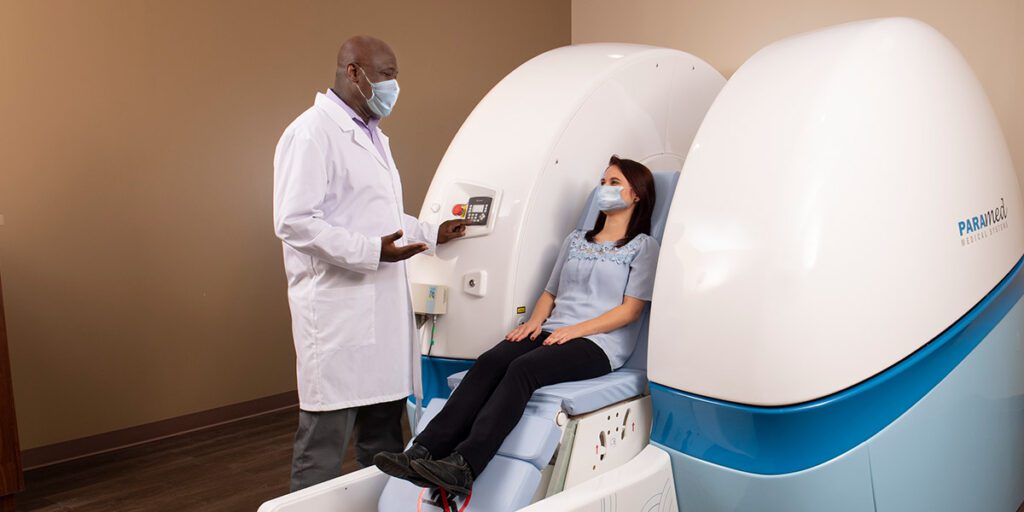The Differences Between Stand-Up and Traditional MRIs
An MRI is a valuable test that uses strong magnets and a computer to create images of structures within the body. While an MRI is invaluable for helping providers diagnose health issues such as brain injuries, cancer, cartilage damage, spine injuries or tendon tears, it has its drawbacks—particularly where patient comfort is concerned.
An MRI typically requires patients to lie flat on a table that is inserted into a tube the machine. As a result, some patients experience feelings of claustrophobia or anxiety, and others may have difficulty getting into a traditional MRI machine and lying still for the duration of the scan.
Don’t let concerns about comfort during an MRI prevent you from receiving the care you need. American Health Imaging offers stand-up MRIs, also called upright MRIs, as a more patient-friendly solution.
3 Key Differences Between an Upright and a Traditional MRI
- Open spaces: Imagine a clothing store dressing room with the door open—that’s about how big an upright MRI machine is. And while a traditional MRI uses Velcro straps to prevent you from moving during your scan, a stand-up MRI utilizes a slight tilt to prevent movement that could affect image quality. Your head is also exposed during your scan, allowing you to see (and hear—stand-up MRIs are much quieter than their traditional counterparts) what’s happening around you. Many patients with feelings of claustrophobia tell us a stand-up MRI helps alleviate their fears.
- Quick and simple: The average stand-up MRI time is 20–60 minutes, with each scan taking approximately 90 seconds. Stand-up and traditional MRIs are painless, noninvasive procedures, requiring no downtime once they’re done.
- Wiggle room: Despite its name, you don’t have to be standing to receive a standing MRI. Your radiologist may have you lean, sit or bend over, depending on the imaging needed and your own health concerns. As a result, many patients find stand up MRIs more comfortable than traditional MRIs.
Are the Results Seen Differently On a Stand-Up MRI?
Sometimes—and that can be a good thing. In many cases, a standing MRI can actually be more accurate than a traditional MRI. Standing MRIs allow your provider to see what’s happening to your body while it’s bearing weight, while a traditional MRI can only show your body at rest.
For example, your spinal alignment changes based on whether you’re standing or lying down. If you tend to feel back pain while walking, a standing MRI will show your provider how your spine moves while in the position that’s causing your symptoms. This helps you receive more effective treatment, saving you the time and money of trial-and-error management methods.
We’re Here to Help
Many hospital imaging facilities don’t have the advanced technology that makes it possible to offer stand-up MRIs. However, at American Health Imaging, where imaging is our only focus, we offer stand-up MRIs at multiple locations, including Atlanta, Homewood and Decatur.
We’re here to help you understand your options for an MRI and learn more about what to expect. Contact us to schedule an appointment.
